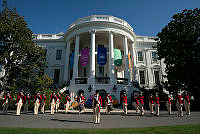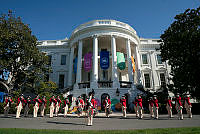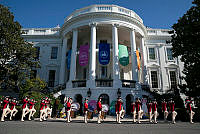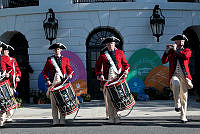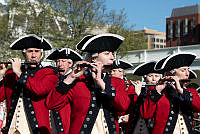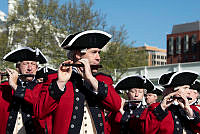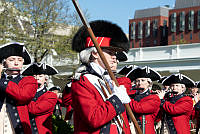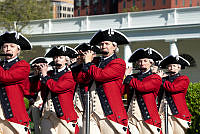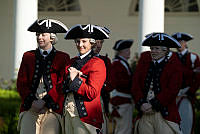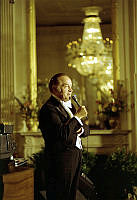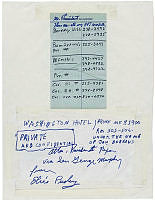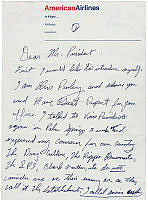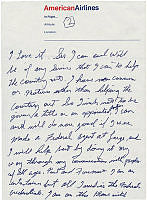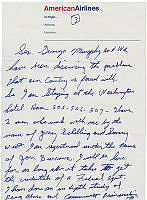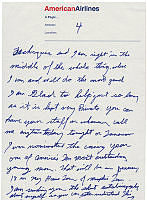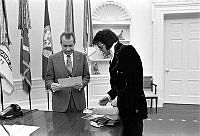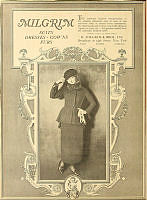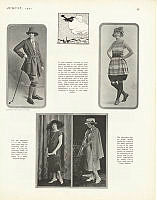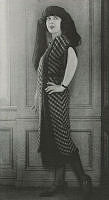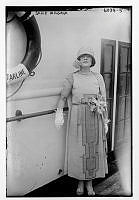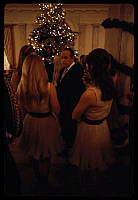Foreword; White House History Number 30
Copyright © Fall 2011 White House Historical Association. All rights reserved under international copyright conventions. No part of this article may be reproduced or utilized in any form or by any means, electronic or mechanical, including photocopying, recording, or by any information storage and retrieval system, without permission in writing from the publisher. Requests for reprint permissions should be addressed to books@whha.org
President Taft, a frequent theater goer, was seated in his box at the National Theatre with his aide Archibald Butt, when he rose and said, “Archie, this is hot!” He led the way out, believing it undignified for the president of the United States to appear to condone a risqué show.
Nearly all the presidents have enjoyed theatrical performance and sought it out. This interest takes various forms from concerts to plays. Even as the walls of the White House were rising, George Washington, at the temporary capital in Philadelphia, not only attended the theater but paid at least once to have a dancing bear amuse him and his staff at home. He adapted the attic at the President’s House in Philadelphia as a theater for amateur productions, just as, seventy years later, a theater was built in an upstairs room in the White House for Tad Lincoln.

President and Mrs. Kennedy depart Washington's National Theatre after attending a pre-Broadway performance of Irving Berlin's Mr. President.
Abbie Rowe, The White House/ John F. Kennedy Library and Museum/NARAFor more than two hundred years the president’s White House stage has welcomed scores of singers, actors, and other artists, first only now and then as celebrity callers and later as scheduled performers. President McKinley’s musical evenings in the 1890s were institutionalized by President and Mrs. Theodore Roosevelt as after-dinner events at which dinner guests were joined by perhaps a hundred more guests in the East Room for a not-too-lengthy concert, solo, or reading. Modern times have seen the custom continue with LBJ’s Carol Channing, Betty Ford’s Pearl Bailey, and more recently, President and Mrs. Obama’s Stevie Wonder. President Bill Clinton commented once that the stage welcomed all music, from opera to gospel.
It is not difficult to see a certain parallel presidents might sense between their own specified time on stage as head of state and the slice of life encapsulated in the duration of a play. Part of being president is a performance, in which is conveyed, inescapably, a message; the White House is the president’s stage and always has been. White House History with this number begins an exploration of theater at the White House. We span the field here from opera to musical comedy to presidents and Shakespeare, with side visits to theater and the youngest first lady; a glimpse of a famously obnoxious theatrical guest; and a comparison between Lincoln’s White House and that other iconic Lincoln place, Ford’s Theatre.

Actors rehearsing a scene from Romeo and Juliet on stage at Folger Theatre. The Folger Shakespeare Library, designed by Paul Philippe Cret for the benefactors Henry Clay Folger and his wife Emily Jordan Folger, features the re-created stage of an Elizabethan theater.













